Executing successful link-building campaigns demands precision and adherence to ethical practices. For agencies managing SEO at scale, white-label link-building services provide an invaluable solution to achieve consistent and high-quality results. With Google’s ever-evolving guidelines, staying compliant while delivering impactful outcomes is vital.
Outdated or spammy link-building tactics can put your clients’ rankings in jeopardy. By implementing safe, effective methods, you can enhance authority, relevance, and organic traffic, without risking penalties. Discover the key strategies to elevate your campaigns and outperform competitors, all while maintaining trust and sustainability.
Why Google Penalizes Bad Link Building
Google’s core updates often focus on penalizing link schemes, unnatural anchor text patterns, and poor-quality backlink profiles. Aggressive tactics such as private blog networks or mass directory submissions can severely harm rankings, putting your client’s SEO efforts at risk.
However, safe link-building doesn’t have to be slow or ineffective. White label link building services from UppercutSEO.Com are specifically designed for agencies looking to scale and outsource their link building efforts. It's common for agencies to struggle when trying to find a partner who follows a precise set of criteria and that's where UppercutSEO comes in to fill the gap. By prioritizing targeted editorial strategies and relevance-driven approaches tactics, their services ensure compliance with Google's guidelines, avoiding penalties while delivering impactful results.
What are the 5 Effective White Label Link Building Tactics
These strategies focus on building strong, penalty-free backlinks through relevance, authority, and ethical outreach. Here is how they help agencies scale SEO efforts while staying fully compliant with Google’s guidelines:
1. Strategic Focus on Niche-Relevant Outreach
Effective link-building prioritizes topically aligned, editorially integrated links for maximum impact. White-label campaigns benefit from niche-specific outreach that targets blogs and resources closely tied to a client’s industry. For example, reaching out to tech or cybersecurity blogs delivers more relevant backlinks for SaaS cybersecurity clients than generic guest posts. Google values contextual backlinks that seamlessly fit within relevant content, potentially boosting the Information Gain Score, an indicator of a page’s value contribution.
To implement this strategy, create segmented outreach lists tailored to each client, organized by industry tags rather than domain authority alone. Personalize your pitches and focus on meaningful value exchange to build authentic partnerships, driving better results and stronger link-building success.
2. Authority Content in Guest Posts
Guest posting remains a viable strategy if the content offers unique insights, statistical value, or expert commentary. Avoid redundant topics and weak material by crafting high-authority pieces that provide fresh perspectives. Integrating latent semantic indexing (LSI) keywords and related terms naturally within the article enhances search engine understanding of context while steering clear of over-optimization.
Google emphasizes guest posting for exposure rather than link manipulation, making it vital to avoid stuffing anchor text into thin articles on irrelevant blogs. To ensure compliance and effectiveness, develop a detailed content brief before writing. Incorporate topic clusters, semantically related keywords, and a distinctive angle to maintain value and adherence to guidelines.
3. Diversify Your Link Sources and Anchors
Relying too much on one type of backlink or repeatedly using exact match anchor text can appear manipulative to search engines. To avoid this, aim for a natural backlink profile by diversifying your sources and anchor types. Safe options include contextual links within blog posts, mentions on resource pages, citations from podcast interviews, industry-specific directory listings, and branded or generic anchors. These contribute to greater topical breadth and link diversity, which are favorable signals for Google.
To ensure balance, use tools like Ahrefs or Semrush to audit your backlinks. Monitor anchor text diversity and domain types, maintaining a 70/30 ratio between branded or generic anchors and targeted phrases.
4. Use Digital PR to Earn High-Trust Links
Digital PR campaigns offer a scalable, penalty-proof strategy for securing backlinks from trusted news sites, publications, and authority blogs. These high-value links benefit from the editorial standards and credibility of their sources. Natural placements, driven by compelling stories, data-backed studies, or expert insights, eliminate the need for purchased or manipulated links.
Editorial coverage enhances SEO authority while reinforcing entity association, strengthening a client’s position within their industry. Google associates these contextual mentions with expertise and brand trust. To optimize campaigns, collaborate with journalists via HARO or platforms like Muck Rack to pitch unique story angles. Track open rates, engagement, and placements for continuous improvement.
5. Partner with a Reputable White Label Link Building Provider
Handling all aspects of link-building in-house isn’t always practical, making white-label link-building services an essential resource. Selecting the right provider is essential, prioritize partners who focus on editorial outreach, content quality, and transparency in link placements.
When choosing a provider, look for a proven track record in niche industries, transparent link reports with live URLs, customized anchor strategies aligned with current backlink profiles, and strict adherence to Google’s Link Spam policies. Vet potential vendors by requesting case studies, reviewing outreach samples, and understanding which metrics they prioritize beyond domain rating.
How to Future-Proof Your Link-Building Strategy
To avoid penalties in the long term, link building must be approached as a value-first process. Steer clear of shortcuts and focus on trust signals, topic relevance, and natural placements guided by genuine editorial judgment. Build your strategy around three core pillars:
- Relevance: ensuring links fit seamlessly within their context
- Diversity: using a mix of sources, anchor text, and link types
- Value: delivering meaningful, content-rich contributions
As Google’s algorithms continue to evolve, these principles will safeguard your clients while positioning them to outpace competitors who rely on short-sighted tactics. Following these five white-label link-building strategies will ensure compliance and long-term success.
Conclusion
By adopting these advanced white-label link-building tactics, you can safeguard your clients from penalties, boost SEO authority, and achieve sustainable growth. Success lies in compliance, relevance, and delivering real value.
Ludjon, who co-founded Codeless, possesses a deep passion for technology and the web. With over a decade of experience in constructing websites and developing widely-used WordPress themes, Ludjon has established himself as an accomplished expert in the field.



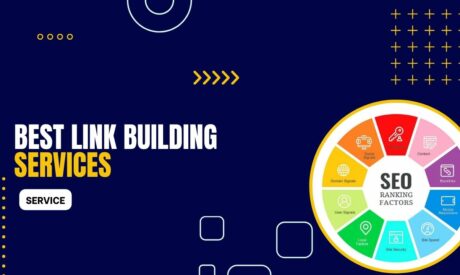
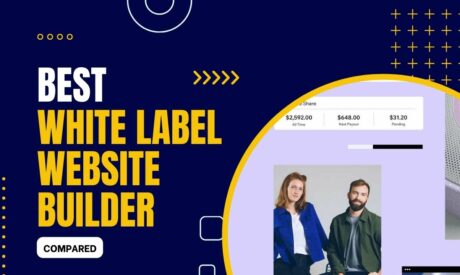
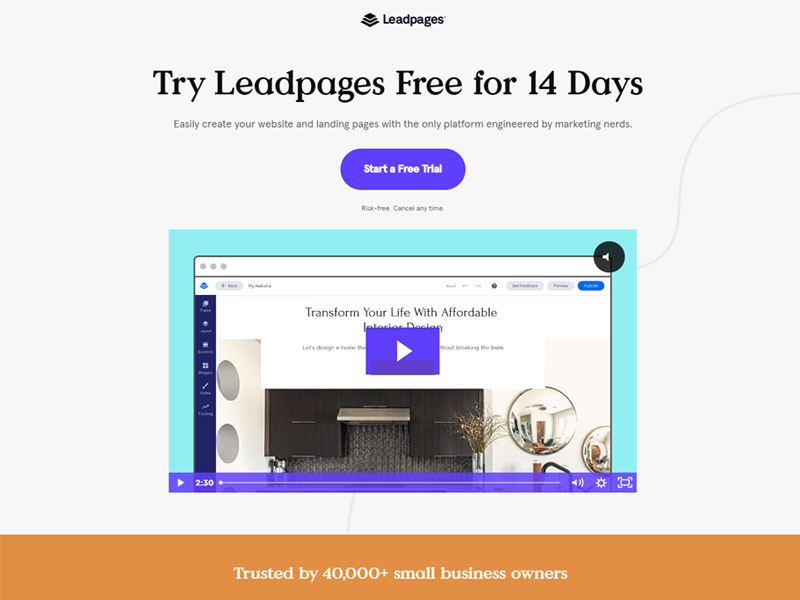
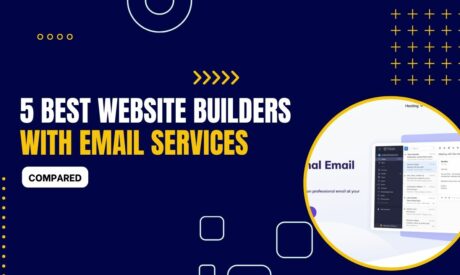
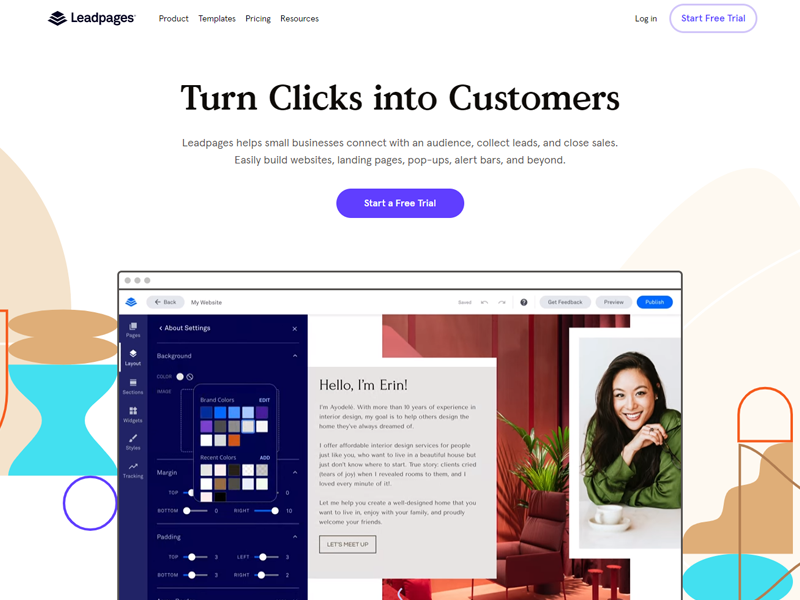
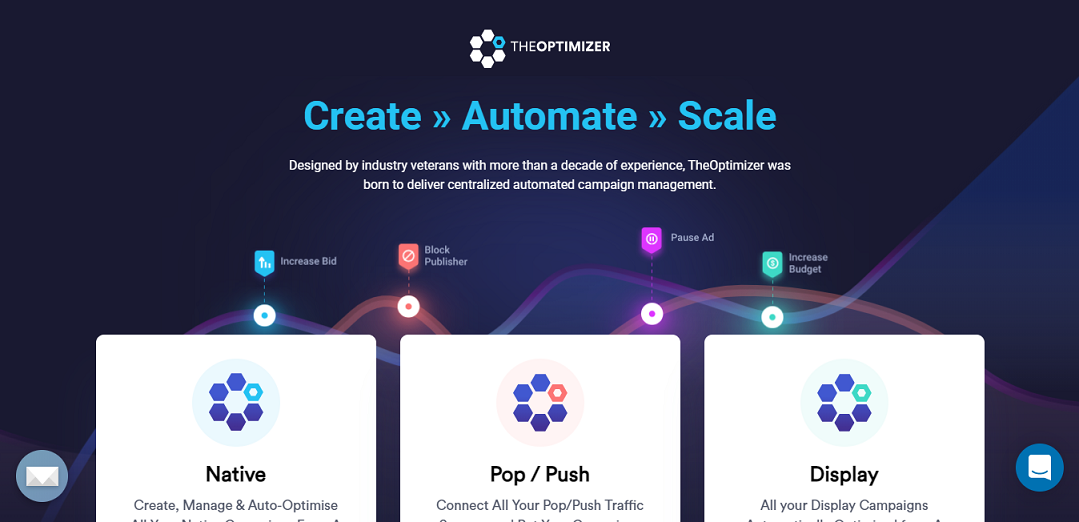
Comments